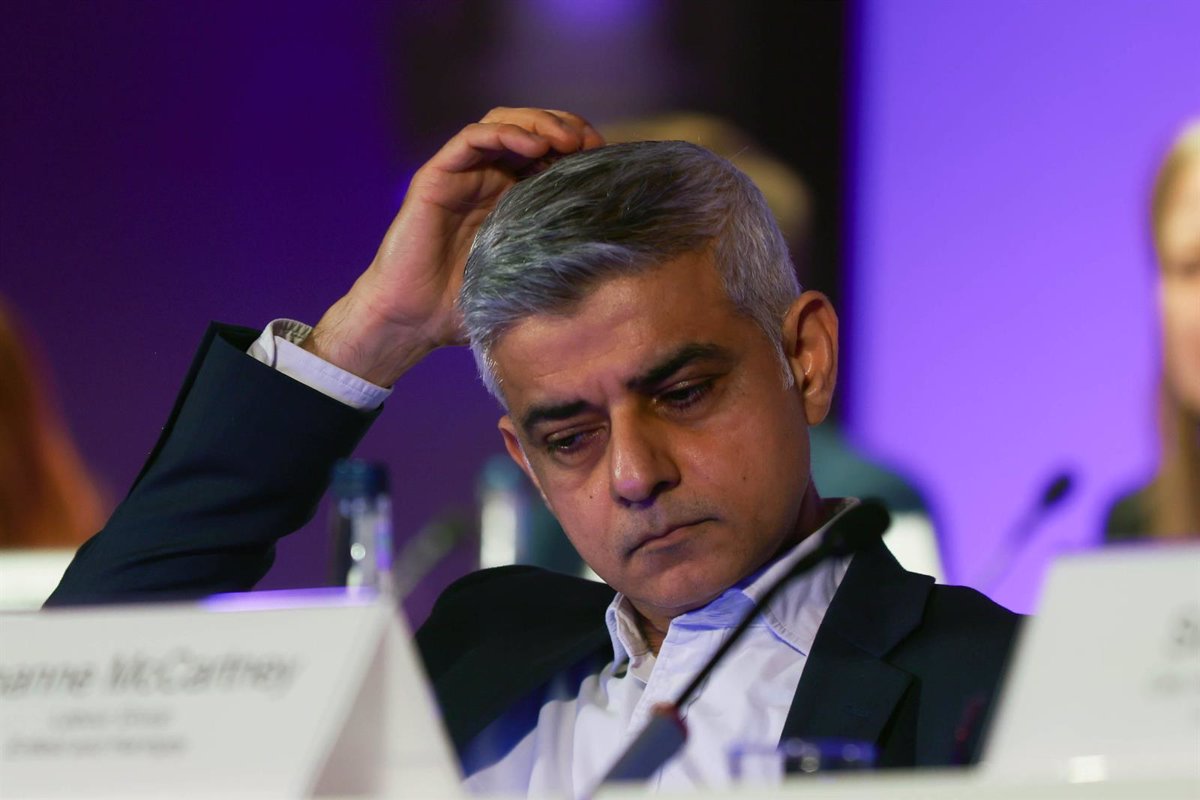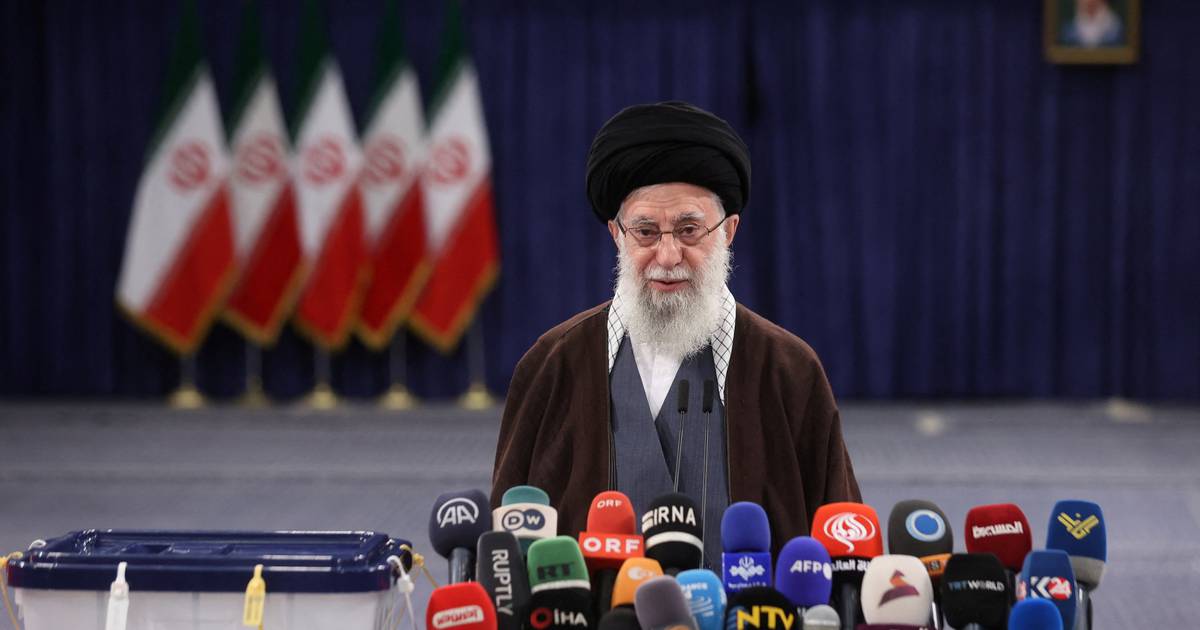Japan’s Tokyo Electric Power Co. has restarted its largest nuclear power plant, Kashiwazaki Kariwa, by loading it with fuel for the first time since the Fukushima disaster, according to Bloomberg. This marks a significant step in Japan’s return to nuclear power following the 2011 tragedy that led to the shutdown of all nuclear reactors in the country. However, the restart of Kashiwazaki Kariwa, which is the world’s largest nuclear power generator, is still pending approval from the Niigata prefecture’s governor.
The 8.2 GW Kashiwazaki Kariwa plant was shut down in 2012 and faced operational challenges, including safety protocol breaches that led to a ban on its operation by the Nuclear Regulation Authority in 2021. However, after implementing improvements in safety measures, the ban was lifted in December, allowing the plant to restart operations. Japan is reintroducing nuclear power as a crucial energy source to enhance energy security amidst the 2022 energy crisis, which caused a surge in oil and gas prices.
In December 2022, the Japanese government announced a new policy to revive nuclear energy, which had been largely abandoned after the Fukushima disaster in 2011. A panel of experts appointed by the Japanese Ministry of Industry approved the development of new nuclear reactors and extended the operational lifespan of existing reactors beyond the current limit of 60 years. This policy shift reflects Japan’s efforts to reduce its reliance on energy imports and mitigate the impact of skyrocketing energy costs. Despite ongoing concerns about nuclear safety and environmental impact



